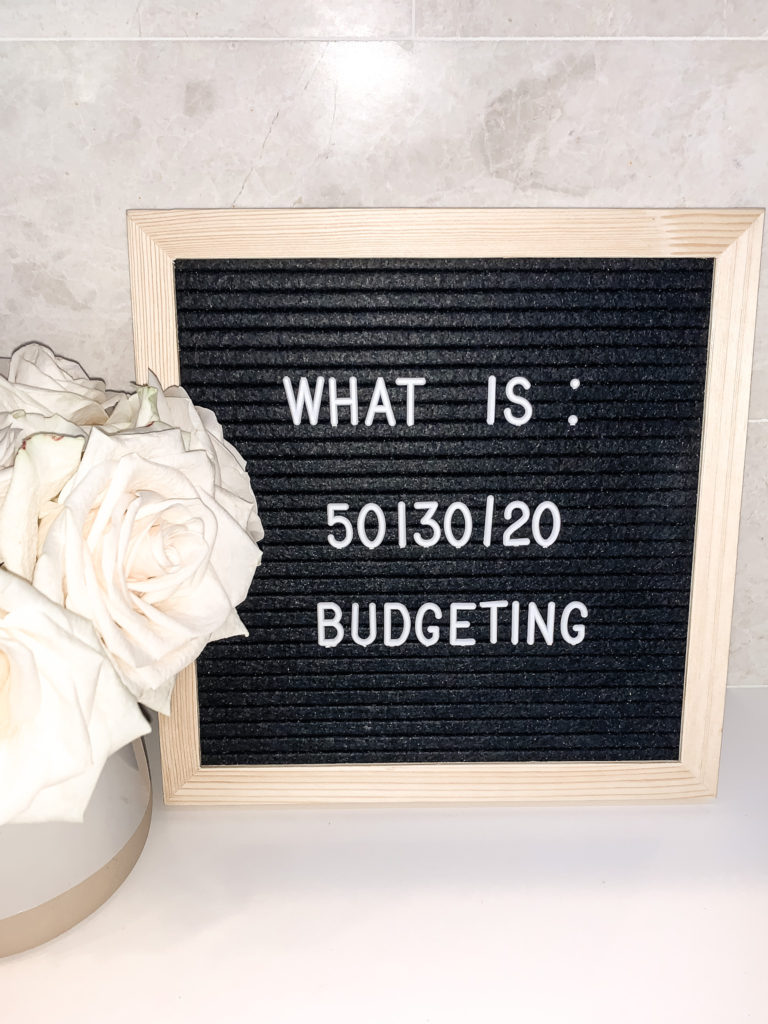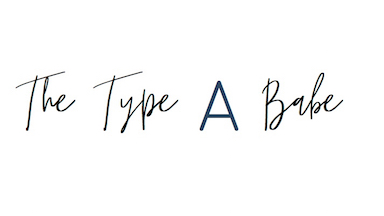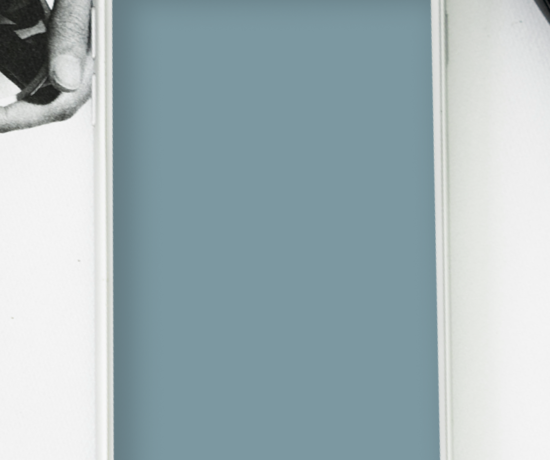
In this installment of What is, I am going to cover the 50/30/20 budgeting method. And it overall is pretty simple, the name is breakdown of your expenses. Ok, thanks for tuning in, hope that was helpful!
Oh, I guess there is a little more to it than that. So let’s go ahead and break down what the 50/30/20 really means. But first, here are some things to remember as you go in to start setting up this type of budget:
-Use your monthly after tax income – this is the actually money you are taking home after taxes
-Add in any other deductions that may have been taken out of your take home amount back into this amount
50% – Needs
Ok, so this is obviously the largest chunk of your budget, and its arguably the most important. Needs are things that you can’t avoid. Things you need to live, like housing and food.
Some examples of these types of expenses are:
-rent
-insurance
-food
-transportation
-utilities
-Minimum loan payments(this is something that must be paid, so it falls into this category even though you don’t need it to live)
-expense you need to cover to be able to do your job
One great thing about this method is that it really forces you to separate wants from needs. And this can always be tough, but really focus expenses in the category to true needs, not things you really want. Do you need a HBO subscription? Probably not, so it should be included here
30% – Wants
This is the fun category, this is where you get to budget for the stuff you want! This covers things that you don’t need to live or work. So thus, for most people, and HBO subscription is a want, since you don’t need it to live or for work. These expenses include things like
-entertainment
-eating out
-bars
-clothing
-travel
20% Savings and Debt
This category is twofold.
First, it includes savings that you are putting away for your future. This could include contributing towards an emergency fund or down payment. This also includes your 401K contributions that you added back in at the beginning.
Second, it includes any payments towards debt. These payments are anything above the minimum payments, since that amount was already included in the needs section! Debt in this category is any additional payments you make to pay down balances, especially those with toxic high interest rates.
That’s it! What I love about this method is how simple it is. You only have to think about 3 categories, and it very clearly tells you how much you should spend in each category.
Have you ever used this method? I would love to hear about your experiences in the comments!



